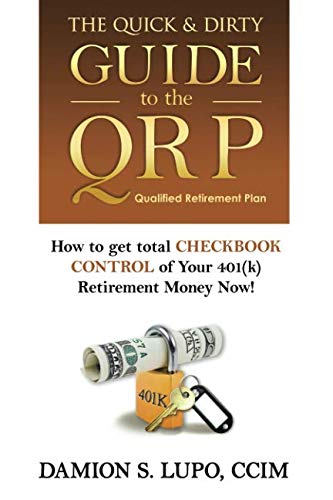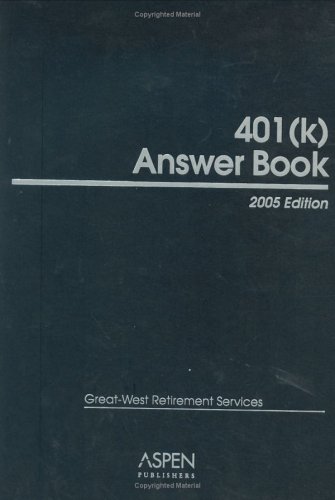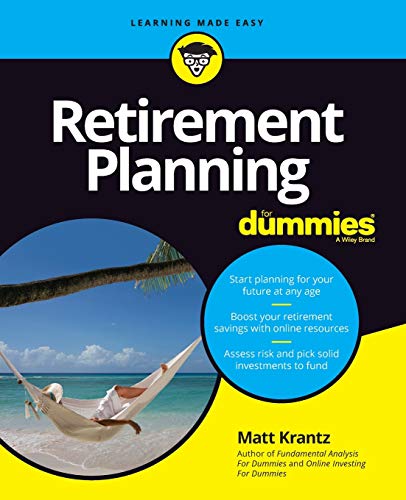Say Nothing: A True Story of Murder and Memory in Northern Ireland
NEW YORK TIMES BESTSELLER “A masterful history of the Troubles. . . Extraordinary. . .As in the most ingenious crime stories, Keefe unveils a revelation — lying, so to speak, in plain sight.”—Maureen Corrigan, NPR From award-winning New Yorker staff writer Patrick Radden Keefe, a stunning, intricate narrative about a notorious killing in Northern Ireland
NEW YORK TIMES BESTSELLER
“A masterful history of the Troubles. . . Extraordinary. . .As in the most ingenious crime stories, Keefe unveils a revelation — lying, so to speak, in plain sight.”—Maureen Corrigan, NPR
From award-winning New Yorker staff writer Patrick Radden Keefe, a stunning, intricate narrative about a notorious killing in Northern Ireland and its devastating repercussions
In December 1972, Jean McConville, a thirty-eight-year-old mother of ten, was dragged from her Belfast home by masked intruders, her children clinging to her legs. They never saw her again. Her abduction was one of the most notorious episodes of the vicious conflict known as The Troubles. Everyone in the neighborhood knew the I.R.A. was responsible. But in a climate of fear and paranoia, no one would speak of it. In 2003, five years after an accord brought an uneasy peace to Northern Ireland, a set of human bones was discovered on a beach. McConville’s children knew it was their mother when they were told a blue safety pin was attached to the dress–with so many kids, she had always kept it handy for diapers or ripped clothes.
Patrick Radden Keefe’s mesmerizing book on the bitter conflict in Northern Ireland and its aftermath uses the McConville case as a starting point for the tale of a society wracked by a violent guerrilla war, a war whose consequences have never been reckoned with. The brutal violence seared not only people like the McConville children, but also I.R.A. members embittered by a peace that fell far short of the goal of a united Ireland, and left them wondering whether the killings they committed were not justified acts of war, but simple murders. From radical and impetuous I.R.A. terrorists such as Dolours Price, who, when she was barely out of her teens, was already planting bombs in London and targeting informers for execution, to the ferocious I.R.A. mastermind known as The Dark, to the spy games and dirty schemes of the British Army, to Gerry Adams, who negotiated the peace but betrayed his hardcore comrades by denying his I.R.A. past–Say Nothing conjures a world of passion, betrayal, vengeance, and anguish.An Amazon Best Book of March 2019: Many a writer has attempted to parse the 400 years of colonial/sectarian violence that preceded the Troubles in Northern Ireland. But Say Nothing shows young paramilitaries compelled by more recent, deeply personal history: an aunt who lost her eyes and hands while setting a bomb, peaceful marchers ambushed and stoned on a bridge. With no dog in the race, an outsider such as Keefe can recount with stark, rousing clarity the story of an IRA gunman trying not to scream as a doctor sews up his severed artery in the front room of a safe house while a British armored tank rumbles outside. Or describe how Jean McConville, a widowed mother of ten, came to be suspected of being an informer, a charge which led to her being taken from her home by the IRA one night in 1972, her young ones clinging to her legs. Hastened to her grave by a bullet to the back of her head, her bones lay buried on a remote beach for thirty years, years during which her children were left to live and work alongside neighbors they suspected, yet dared not accuse, of being responsible for her death. With the pacing of a thriller, and an intricate, yet compulsively readable storytelling structure, Keefe’s exhaustive reportage brings home the terror, the waste, and the heartbreaking futility of a guerrilla war fought in peoples’ homes as well as in the streets. And he captures the devastation of veterans on both sides, uneasily enjoying the peace that finally came while wondering if they had fought the good fight or been complicit in murder all along. –Vannessa Cronin, Amazon Book Review







A caveat about a very good book, otherwise worthy of five stars. This book fulfills the needs of many of us who have relied upon limited accounts in US news media to understand the decades of “The Troubles” in Northern Ireland. Its detail complements what I learned during a visit to Northern Ireland in 2010 which helped me to understand the causes and impacts of the strife there and to anticipate the risks to the stability of the intervening two decades of “peace” which are threatened as decisions about post-Brexit borders loom.My caveat about…
A must read I visited Northern Ireland as a psychologist, in 1997. I had been working with families of murder victims, and had the chance to learn about the differences between street violence in America and political violence in Northern Ireland. Nothing prepared me for what I found.Keefe’s book is the best book I have read about the reasons for, and impact of, political violence in Ireland. It goes deeper into the minds and lives of IRA operatives than anything I have read. It is terribly…
Finally, some more truth After 40 plus years of researching Irish history and collecting 3500 books on Ireland and the diaspora, this book ranks in the top ten, if not in the top five. If you care an iota about modern Irish history, this should be the first book you buy this year. It is spectacular.